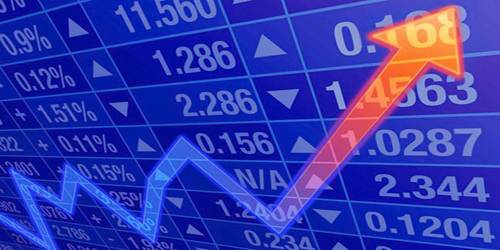The commodities exchange is a legal entity that sets and enforces rules and procedures for the trading of standard goods contracts and related investment products. There are different models of different levels of processing depending on product exchange and purpose, institutional capacity, and operating context. Trading includes and deals on a variety of derivatives based on these products, such as forwards, futures, and options, as well as spot trades (for immediate delivery). Most of the commodity markets around the world do less business. The physical center of a commodity exchange where trade takes place also refers to the huge amount of refers in the commodity market, with more than a trillion dollars traded per day. For backgrounds on different product exchange models and contract types, check out this EEFS study.
Commodity exchange is the central location where goods are purchased. Commodity markets began in the 19th century with trade in agricultural products such as corn, cattle, wheat, and pork. As for the latter, a commodity exchange is basically incapable of ordering an agricultural market system on its own. It is simply a process for exchange that reflects the prevailing conditions in the market system in various ways, formally and informally. Such contracts are known as futures (q.v.) and are traded through a competitive auction process. Financial instruments known as options and indicators are also traded on commodity exchanges. The largest commodity exchange is the Chicago Board of Trade. A farmer who harvests corn can sell a futures contract on his grain, which will not be cut for several months and is guaranteed to be paid after distribution; The breakfast serial producer buys the contract and gets a guarantee that the price will not go up after distribution. Two of the most well-known commodity exchanges in the United States are the Chicago Mercantile Exchange (CME) Group and the New York Mercantile Exchange (NYMEX). CME Group is the world’s leading and most versatile derivatives marketplace, handling three billion contracts worth about trillion annually, and is part of the NYMX CME Group. An exchange of price risk management occurs where market actors can trade in futures or alternative contracts. Basically, a futures or alternative contract price allows a market actor with risky exposure to insure against low-risk risk. The seller of a futures contract usually does not wish to deliver the original goods in exchange for any goods, or does not wish to accept delivery from the buyer; Each will cancel his obligation by offset purchase or sale sometime before the specified delivery date in the contract. The parties simply want to be involved in the speculation or delegation with the risk involved in price changes.
Some of these exchanges trade monetary derivatives such as interest rates and foreign exchange futures, as well as other instruments such as sea freight contracts and environmental instruments. In some cases, these are mentioned in the list below. Commodity exchanges are affiliated in markets where products are actually bought and sold; Commodity exchanges effectively provide insurance against the risk of price change by transferring this risk to those who are willing to take the risk. Commodity exchanges also provide a basis for pricing products at fixed prices.















